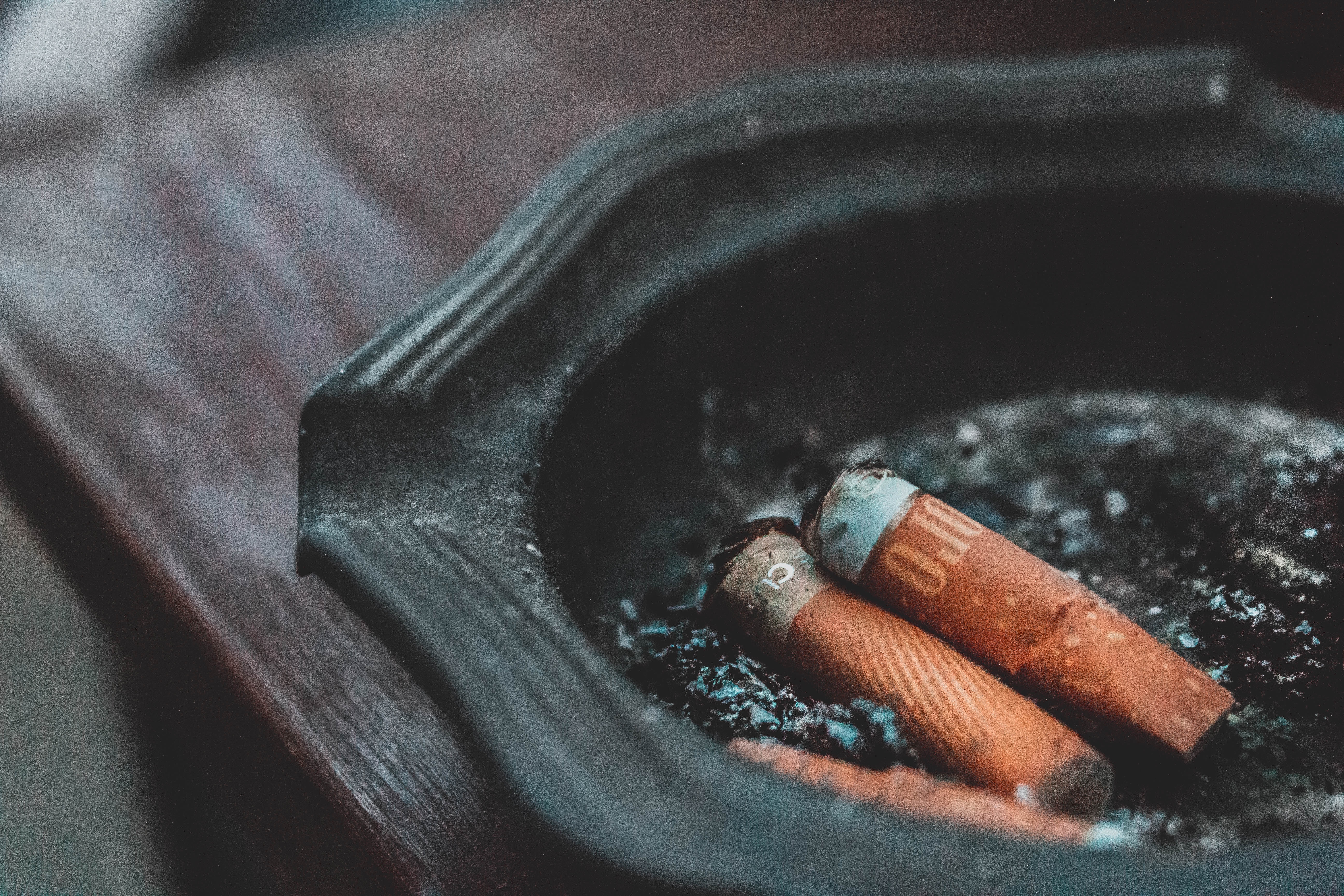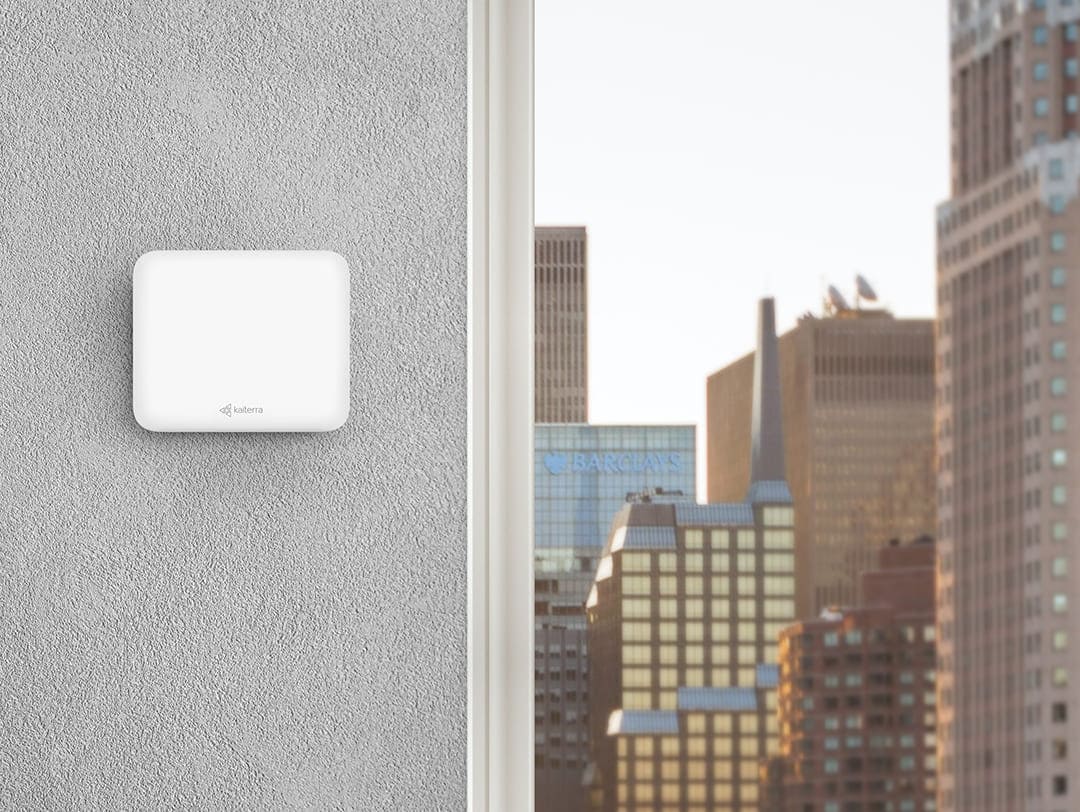Newsletter
Carbon dioxide, or CO2, is an odorless, colorless gas that is all around us. You breathe it in every day with no harmful effects. However, in large enough quantities, around 1000 ppm, CO2 can reduce your concentration and focus. At higher levels, about 2500 ppm, CO2 can make you sleepy and tired, slow down your brain, and even give you a slight headache. Exposure to levels greater than 5000 ppm can be dangerous to your health.
Even at lower levels, you aren’t performing your best breathing in environments with excess CO2. Luckily, the sources of CO2 are easy to pinpoint. Here are the most common causes of carbon dioxide that you will find in your home.

Your Body
You may be surprised to learn that your body is the most significant source of indoor carbon dioxide. Through respiration, or breathing, your body uses oxygen and makes carbon dioxide. The air you exhale has a much higher concentration of carbon dioxide than the surrounding air. When your exhalations mix with the air in a closed room, the overall CO2 level will begin to climb. Because CO2 levels increase the longer you’re in one place, levels in a closed bedroom when you sleep may be higher than you think. This process is accelerated when there are multiple people in a smaller room for an extended amount of time. For this reason, places like school classrooms and office meeting rooms are very susceptible to CO2 buildups.
To prevent this from happening, make sure the carbon dioxide that your body releases has somewhere to go. Opening a window will allow the CO2 to escape the room, and even opening the door will increase the amount of air the carbon dioxides mixes in. For a long-term solution, making sure your ventilation system is in working order and increase the flow of outdoor air into the building to lower the levels of CO2 caused by respiration.
Your Kitchen and Fireplace
Any open flame in your home makes carbon dioxide. Fire is actually a chemical reaction; it uses oxygen and creates carbon dioxide as a result. Having an open flame in your home will not only add CO2, but it will also consume oxygen in the process. The balance of your air will shift and become more challenging to breathe as the fire burns.

Conventional open flames in your home are gas or wood stoves, fireplaces, and candles. Making sure you have a proper range hood for your gas stove will help minimize the impact it has on your health. Similarly, limiting the use of indoor fireplaces and candles will help keep your air balanced. In all cases, opening a window to release CO2 will help prevent a dangerous buildup of the gas.
The Ground Beneath Your House
In some cases, the soil under your home may release dangerous amounts of CO2. As organic matter decomposes, it releases CO2. Much of this CO2 will mix with the outside air and disperse into the atmosphere. Some, however, can seep into your home, primarily through your basement. Likewise, the previous use for the land under your house can put you at risk. Abandoned mines, landfills, and caves may release CO2 into your home. This can lead to pockets of highly concentrated carbon dioxide in your home that can be very dangerous to your health.
This issue is most relevant to people living in the countryside, especially in areas that used to be farmland or mining operations. If you think your home may be experiencing these conditions, be sure to test your air and report it to the proper authorities, such as the fire department. If your home has dangerous levels of CO2, your neighbors’ may as well. Sealing cracks and updating your ventilation system help minimize the effects of ground CO2.
Cigarettes in Your Home
A puff of a cigarette can release smoke and chemicals into the air. Because smoking involves fire, a combustion reaction, the activity also produces carbon dioxide. In a closed space, this smoke can take a toll on your lungs, and the fire reduces the oxygen concentration of the air. Alongside this process, the CO2 further changes the composition of your air and makes it difficult to breathe.

To reduce the impacts of CO2 from smoking, ask friends to smoke outside of your home or open a window if you choose to smoke indoors.
While CO2 can come from many sources, there are steps you can take to prevent CO2 from building up in your home. For more tips to reduce CO2, check out our other blog posts:
Kaiterra provides air quality monitors and an IAQ analytics dashboard for healthy buildings and offices, helping workplace leaders and healthy building pioneers assess and improve their indoor air quality. Our indoor air quality monitors like the Sensedge and the Sensedge Mini can be found in many of the world’s most iconic buildings and workplaces, such as the Empire State Building and the Burj Khalifa.






.png?width=200&height=148&name=Menu%20C%20(2).png)

.png?width=307&height=228&name=Menu%20-%20D%20(1).png)
.png)





